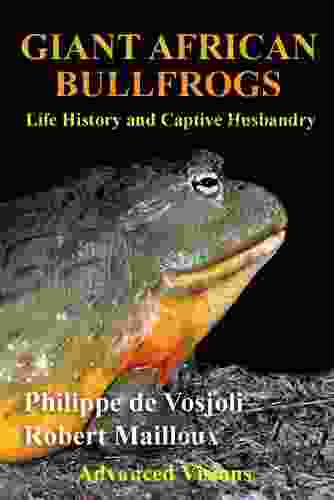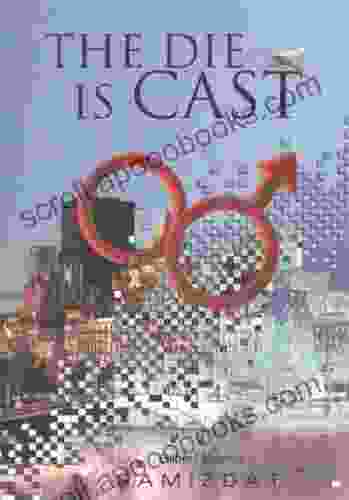Giant African Bullfrogs: Unveiling the Life History and Captive Husbandry Secrets

Giant African bullfrogs (Pyxicephalus adspersus) are captivating amphibians native to the African continent. Their massive size, striking appearance, and unique behaviour make them popular among frog enthusiasts and hobbyists. Captive husbandry of these magnificent creatures requires specific knowledge and dedication to ensure their well-being and longevity. This comprehensive guide will delve into the fascinating life history of Giant African bullfrogs and provide detailed captive husbandry techniques to support their thriving in your home environment.
4.9 out of 5
| Language | : | English |
| File size | : | 4312 KB |
| Text-to-Speech | : | Enabled |
| Screen Reader | : | Supported |
| Enhanced typesetting | : | Enabled |
| Print length | : | 195 pages |
| Lending | : | Enabled |
Life History and Distribution
Giant African bullfrogs are the largest frogs in Africa, with males reaching an average length of 8-10 inches (20-25 cm) and weighing up to 4.4 pounds (2 kg). Females are slightly smaller, averaging 6-8 inches (15-20 cm) in length and weighing around 2.2 pounds (1 kg). Their appearance is characterized by a massive head with a wide mouth, large, webbed feet, and a rough, warty skin that can vary in color from olive green to brown with dark blotches.
These frogs inhabit a wide range of habitats, including wetlands, marshes, swamps, and seasonally flooded grasslands, from near sea level to elevations of 5,000 feet (1,500 meters). Their distribution spans across southern and eastern Africa, from the Democratic Republic of Congo to South Africa.
Diet and Behaviour
Giant African bullfrogs are voracious predators, consuming a wide variety of prey including insects, worms, small rodents, birds, and even other frogs. They are opportunistic feeders and will readily take live prey or frozen food items in captivity.
These frogs are primarily nocturnal, spending the day hidden in burrows or under vegetation. They emerge at dusk to hunt, using their powerful hind legs to leap onto prey. Giant African bullfrogs are known for their territorial behaviour, particularly during the breeding season, and have been observed engaging in aggressive fights with rival males.
Breeding and Life Cycle
Giant African bullfrogs typically breed during the rainy season, and their reproduction is highly dependent on the availability of water bodies. Males establish and defend territories in shallow pools or temporary bodies of water. They produce distinctive vocalizations to attract females, which involves inflating their vocal sacs to amplify the sound.
Females lay large clutches of eggs, up to several thousand, on submerged vegetation. The eggs hatch into tadpoles, which develop into froglets within a few months. Giant African bullfrogs have a relatively short lifespan in captivity, reaching an average age of 5-6 years, although some individuals have been known to live up to 10 years.
Captive Husbandry
Providing proper captive husbandry is crucial for the health and well-being of Giant African bullfrogs. Here are detailed guidelines on key aspects of their care:
Enclosure Requirements
Giant African bullfrogs require a spacious enclosure that mimics their natural habitat. A minimum enclosure size for a single adult frog is 50 gallons (189 liters),while a pair or small group may require a 75-gallon (284-liter) enclosure or larger. The enclosure should be well-ventilated and secure, with a stable temperature range of 75-85°F (24-29°C) and a relative humidity of 60-80%.
Provide a shallow water body that is large enough for the frog to soak its entire body. The water should be dechlorinated and free of chemicals. Include ample hiding places and basking spots within the enclosure, such as live plants, rocks, and cork bark.
Substrate and Lighting
Use a loose, moisture-retentive substrate, such as coconut fiber or a mixture of peat moss and sand, to maintain high humidity levels. Lighting is crucial for providing a day-night cycle. Use a 12-hour light cycle, with a UVB bulb to provide essential vitamin D3.
Diet and Feeding
Giant African bullfrogs are voracious eaters and should be fed a varied diet of live and frozen prey. Crickets, mealworms, earthworms, and small rodents are suitable food items. Feed adult frogs 2-3 times per week, and provide smaller meals for juvenile frogs.
Health and Hygiene
Regular health checks are necessary to ensure the well-being of your Giant African bullfrog. Monitor its weight, activity level, and skin condition. Clean the enclosure and water body regularly to prevent bacterial growth. Consult a veterinarian if you notice any signs of illness or disease.
Giant African bullfrogs are fascinating amphibians that can make rewarding pets for experienced hobbyists. By providing them with the proper captive husbandry, including an appropriate enclosure, diet, and healthcare, you can support their thriving in your home environment. Delve into the captivating life history of these magnificent creatures and marvel at their unique behaviours and adaptations. With dedication and care, you can create an optimal environment for your Giant African bullfrog to flourish and bring joy to your life.
References
- Branch, W. R. (1998). Field Guide to Snakes and Other Reptiles of Southern Africa. Ralph Curtis Publishing.
- Channing, A. (2001). Amphibians of Central and Southern Africa. Cornell University Press.
- Glaw, F., & Vences, M. (2007). Amphibians and Reptiles of Madagascar. 3rd Edition. Vences & Glaw Verlag.
- Rödel, M.-O. (2000). Herpetofauna of West Africa, Volume 1: Amphibians of the West African Savanna. Chimaira.
4.9 out of 5
| Language | : | English |
| File size | : | 4312 KB |
| Text-to-Speech | : | Enabled |
| Screen Reader | : | Supported |
| Enhanced typesetting | : | Enabled |
| Print length | : | 195 pages |
| Lending | : | Enabled |
Do you want to contribute by writing guest posts on this blog?
Please contact us and send us a resume of previous articles that you have written.
 Book
Book Novel
Novel Page
Page Chapter
Chapter Text
Text Story
Story Genre
Genre Reader
Reader Library
Library Paperback
Paperback E-book
E-book Magazine
Magazine Newspaper
Newspaper Paragraph
Paragraph Sentence
Sentence Bookmark
Bookmark Shelf
Shelf Glossary
Glossary Bibliography
Bibliography Foreword
Foreword Preface
Preface Synopsis
Synopsis Annotation
Annotation Footnote
Footnote Manuscript
Manuscript Scroll
Scroll Codex
Codex Tome
Tome Bestseller
Bestseller Classics
Classics Library card
Library card Narrative
Narrative Biography
Biography Autobiography
Autobiography Memoir
Memoir Reference
Reference Encyclopedia
Encyclopedia Brink Lindsey
Brink Lindsey Gabe Rotter
Gabe Rotter Bree Picower
Bree Picower Bhavesh Ranipa
Bhavesh Ranipa Peter Kornbluh
Peter Kornbluh Books By Natalia
Books By Natalia Brian Solomon
Brian Solomon Bill Gaither
Bill Gaither Blase A Carabello
Blase A Carabello Bradford Torrey
Bradford Torrey Brian W Smith
Brian W Smith Mark G Davidson
Mark G Davidson Braden Cundiff
Braden Cundiff Taliesin Trow
Taliesin Trow Lisa Stice
Lisa Stice Bob Fecho
Bob Fecho Devon Monk
Devon Monk Betty Rosbottom
Betty Rosbottom Brenda Mohammed
Brenda Mohammed Speedy Kids
Speedy Kids
Light bulbAdvertise smarter! Our strategic ad space ensures maximum exposure. Reserve your spot today!

 Jack LondonLose the Excuses: Embrace Homemade Happiness with 'Mollie Makes Easy Ways To...
Jack LondonLose the Excuses: Embrace Homemade Happiness with 'Mollie Makes Easy Ways To...
 F. Scott FitzgeraldGreat Rock And Roll Cover Songs And Their Original Artists: A Comprehensive...
F. Scott FitzgeraldGreat Rock And Roll Cover Songs And Their Original Artists: A Comprehensive...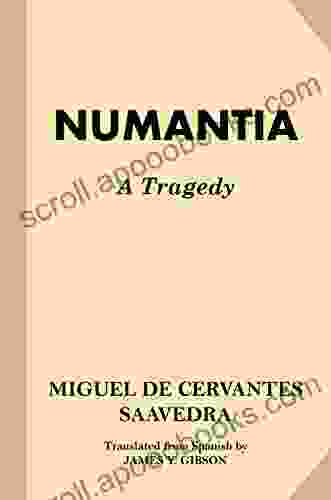
 Aleksandr PushkinNumantia: Tragedy and Treasure Trove - Unlocking the Secrets of an Ancient...
Aleksandr PushkinNumantia: Tragedy and Treasure Trove - Unlocking the Secrets of an Ancient... Julian PowellFollow ·7k
Julian PowellFollow ·7k Fabian MitchellFollow ·15.8k
Fabian MitchellFollow ·15.8k Bruce SnyderFollow ·14.1k
Bruce SnyderFollow ·14.1k Brody PowellFollow ·2.5k
Brody PowellFollow ·2.5k Emmett MitchellFollow ·17.9k
Emmett MitchellFollow ·17.9k Charles DickensFollow ·3k
Charles DickensFollow ·3k Dean ButlerFollow ·12.3k
Dean ButlerFollow ·12.3k Ethan GrayFollow ·13.5k
Ethan GrayFollow ·13.5k
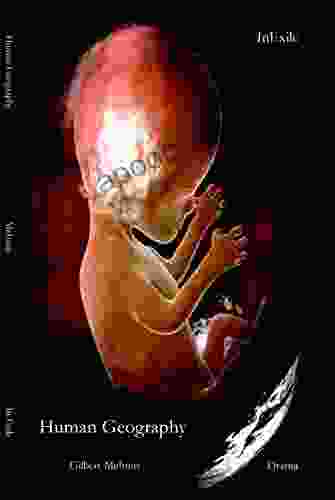
 Corey Green
Corey GreenHuman Geography: A Concise Introduction by Gilbert...
A Journey into the Dynamic Realm of...
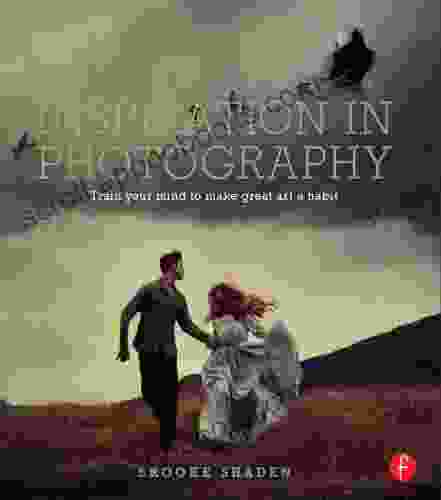
 Julian Powell
Julian PowellTrain Your Mind to Make Great Art a Habit
Do you dream of...

 Matthew Ward
Matthew WardSmall Town Romance: Heart Compass
Escape to Willow Creek, Where...

 Neil Parker
Neil ParkerMusic, Social Media, and Global Mobility: Exploring...
: The Convergence of Music, Media, and...

 Seth Hayes
Seth HayesUnlock the Potential of Potential Theory with Brooke...
Embark on an...
4.9 out of 5
| Language | : | English |
| File size | : | 4312 KB |
| Text-to-Speech | : | Enabled |
| Screen Reader | : | Supported |
| Enhanced typesetting | : | Enabled |
| Print length | : | 195 pages |
| Lending | : | Enabled |


